As part of AIRINC’s research into the design of Global Mobility functions, we now explore Planner-focused Mobility functions—teams that are deeply embedded in strategic business and talent planning. These Mobility groups operate at a high level of influence, shaping succession planning, global workforce deployment, and long-term organizational growth.
As part of our commitment to supporting evolving talent strategies, AIRINC conducted fresh, in-depth research to explore how Global Mobility functions are designed and executed across industries. Read more on the original paper here. Our latest publication, The Global Mobility Function: A Collection of Case Studies, includes detailed case studies drawn from interviews with Mobility leaders around the world.
To bring those insights to life, this blog series presents real-world examples grouped into four broad classifications:
- Operator: Functions that emphasize efficient execution and consistency, often with high volumes or administrative complexity.
- Enabler: Teams focused on delivering a high-quality employee experience, often aligned with talent development.
- Advisor: Lean functions that provide expert guidance on policy, compliance, and business alignment.
- Planner: Strategically embedded teams that influence global workforce planning and talent mobility.
In this third post, we explore how two companies—one in real estate and the other in engineering—leverage a consultative approach to guide Mobility strategy and ensure alignment with internal stakeholders. Read more from the series here.
Case Study: Strategic Mobility in a Semiconductor Company
This semiconductor company centralized its Mobility function under Talent Acquisition, creating a cohesive and agile nine-person team. The function manages approximately 2,000 domestic and international assignments each year, with high-touch moves—especially executive relocations—handled internally. All logistics are outsourced to an RMC.
The Mobility function participates in regular HRBP meetings and workforce planning sessions, ensuring alignment with hiring strategies and leadership development. The team uses the RMC’s platform for case tracking and reporting but maintains strategic oversight and decision-making internally.
This structure enables the function to focus on long-term business alignment while leveraging vendor support for administrative execution.
Key Strength: Strategic integration within Talent Acquisition ensures early involvement in planning and high organizational impact.
Takeaway: Embedding Mobility within Talent enables the function to drive business outcomes and support executive strategy when paired with targeted outsourcing.
Case Study: Innovative Mobility in a Technology Services Firm
Operating under Total Rewards, this 12-person team supports over 2,600 cases annually across remote work, assignments, and payroll. Regional leads and an Operations Lead ensure global agility, while a fully outsourced operational model enables internal teams to focus on advisory work.
A hallmark of this program is its annual “vendor pitch” process, where service providers present innovative solutions aligned with company goals. This ensures continuous improvement and embeds external partners as thought collaborators.
With crisis readiness built into its model, the team plays a key role in managing geopolitical risk, employee safety, and remote engagement strategies. Frequent collaboration with HR leaders ensures alignment with evolving talent demands.
Key Strength: Vendor innovation and strong stakeholder trust allow the team to remain agile and strategic.
Takeaway: Strategic oversight, coupled with innovative vendor collaboration, creates a scalable and proactive Mobility function that contributes to enterprise resilience.
Now Participate in AIRINC’s Global Mobility Function Design Benchmark!
This benchmark is an opportunity to share how your program is organized and to learn from other leading companies about:
- Scope of Mobility – What responsibilities sit within the function?
- Team Size and Structure – How are teams resourced to meet today’s demands?
- Vendors and Technology – What partnerships and tools are supporting success?
- Financial Oversight – How are companies tracking and managing program costs?
All responses will be aggregated and kept confidential. As a participant, you’ll receive early access to the results when they are published later this summer.
Whether your Mobility function is focused on strategic planning, operational support, or both, your perspective will help shape a broader understanding of how teams are designed for today and tomorrow. Participate here.
Prefer to watch a webinar?
Revisit our webinar: What is the Optimal Way to Structure your Global Mobility Function?
What do companies need to take into consideration when structuring their Global Mobility function? It should reflect the needs of the company, the size of the program, attitudes towards talent development, geographic reach, and industry. Watch again here.
AIRINC Advisory Service
When you are looking for change, outside advice can help you make good decisions. Our consultants help reimagine your mobility program and implement successful outcomes. Contact us.


%20(5)%20(1).jpg)

%20(52).png)

